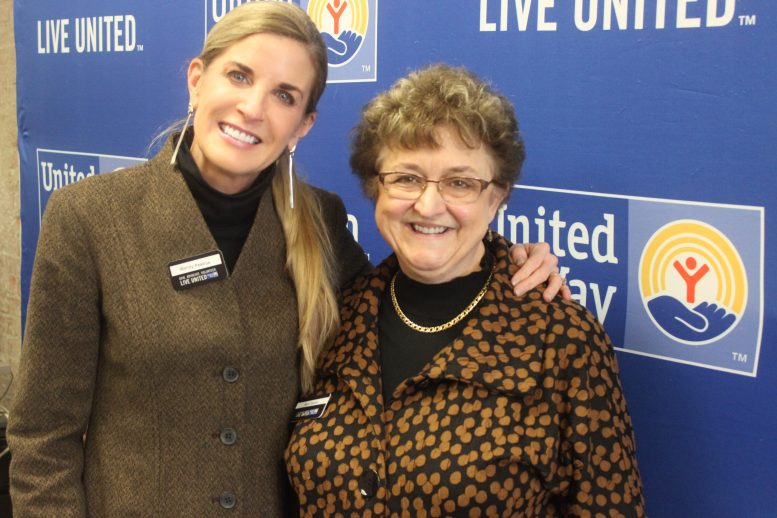(Submitted by United Way)
United Way of Greater Toledo and the office here in Bowling Green are kicking off “2-1-1 Day” celebrations by discussing how 2-1-1 is evolving to meet community needs.
United Way 2-1-1 is a free, 24/7, 365-day information and referral service resource available to all residents within Wood, Lucas and Ottawa counties. Individuals who are seeking health and human resources, such as shelter, food, clothing and utility assistance, can call or text 2-1-1 and speak with a trained community resource advisor. Based on the person’s needs, the CRA will refer them to numerous local programs that can help.
“We have over 1,000 partners and roughly 5,000 programs listed within our 2-1-1 database,” said Wendy Pestrue, UWGT president & CEO.
“Often, we talk about tough problems that families in our community face as one-dimensional,” she said. “If a person is struggling to pay their rent or mortgage, that is not the extent of the issue. That person is financially struggling, which means they are probably struggling to put food on the table, purchase clothes for work and keep the lights on in their home.
With an extensive 2-1-1 database, UWGT is able to refer individuals to a number of programs that can assist with several needs. Furthermore, 2-1-1 tracks and publicly displays general, non-identity sharing demographic data collected from those reaching out, allowing the program to reflect the needs of residents, their zip codes, ages, etc., in real-time.
Last year, United Way 2-1-1 received more than 60,000 contacts from the community, and in 2020, 2-1-1 is projected to have 70,000 to 75,000 contacts. The top needs across Lucas, Wood and Ottawa County are housing, utility assistance, clothing, food, community support services and legal services.
“On 2-1-1 Day, we want to not only educate the community on what 2-1-1 is, but we also want to share how 2-1-1 is changing via new partnerships, investing in infrastructure and increasing visibility,” said Pestrue.
She continued, “We believe that 2-1-1 can begin to position itself as the voice of the community in responding to needs, increasing resources to meet needs and advocating for programs that can address emerging needs.”
In Wood County, a “Get Connected” 2-1-1 training is being held in the United Way office in downtown Bowling Green.
Interns are working on creating a list around Wood County of digital signs at businesses, schools, and churches that can be used to get out the message.
Last year, Wood County United Way’s 2-1-1 service received 766 calls.
“I’m hoping that this list can also be used for events like Project Connect this year. It is so hard to get the message to the families in the county who are in need,” said Sue Clanton, director of the Wood County United Way office.
United Way is planning on launching a page soon called 2-1-1 Counts which will let communities see a snapshot in time of the type of calls and of the unmet needs in their area. It will be able to drill down to zip code and school district as well as county and community. For those who may have trouble accessing 2-1-1 with their cell phones due to tower limitations where the calls may bounce into other counties, there is an 800 number as well, 800-650-HELP (4357.)

